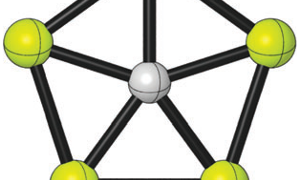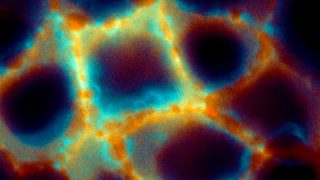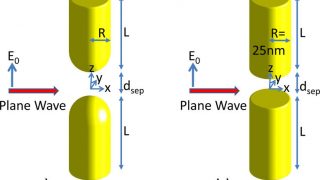
Making truly multifunctional cellulose hybrid materials
When we think about the new materials of the future some names may come to mind: pure carbon, in the form of graphene or nanotubes or buckyballs or any other exotic allotrope; or some kind of oxide of these carbon allotropes; or some strange combination of metal oxides, manufactured via processes that remind us of […]








